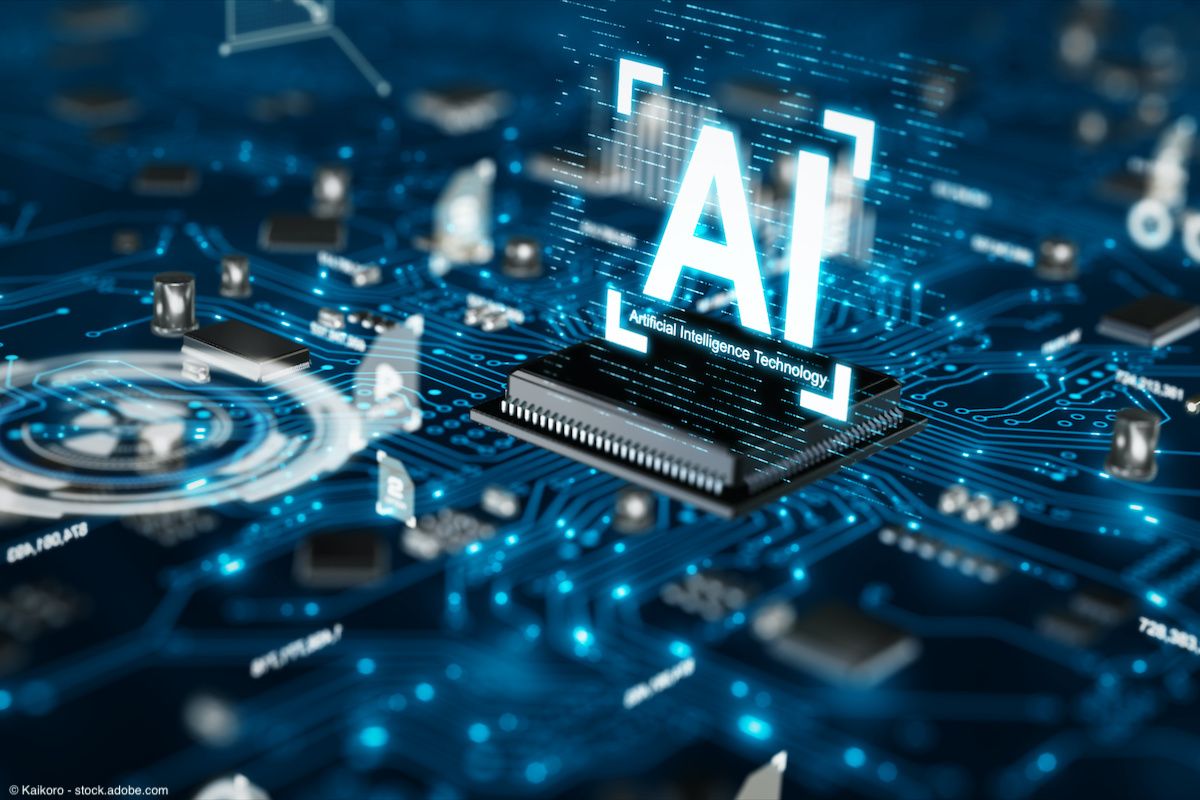News
Article
Physician highlights AI’s potential to improve practice efficiency and alleviate burnout
Author(s):
Artificial intelligence can help curate, decipher, and contextualize the enormous and growing amount of digital data that now comprises a patient’s electronic health record, writes Nele Jessel, MD.
This article first appeared on our sister site Medical Economics.
Physician burnout is at an all-time high and administrative burdens play a large part in the problems they face.
AI has the potential to improve patient outcomes by assisting physicians, not just with administrative tasks, but also with clinical care, lessening the underlying administrative burdens of health care that have become the unintended negative consequences of our digital age.

According to athenahealth’s 2022 Physician Sentiment Survey, close to two-thirds of physicians said they’re overwhelmed by record-keeping requirements, and 68% said they were frustrated by their inability to spend more time with their patients. Moreover, many believe things are not improving; athenahealth’s survey found that most doctors are pessimistic about the future of health care in the United States.
Too often, technology itself has created some of these burdens and made providers’ jobs harder. But technology should and can be an enabler, rather than a barrier – when applied to the right use cases, technology can help support physicians by removing administrative burdens – allowing physicians to spend more time with their patients and reduce the stress that many feel has become a major burden in their profession.
One promising technology in this vein is artificial intelligence (AI). Many industries currently use it to automate complex processes and improve efficiencies and outcomes. That’s certainly true in the use of AI in health care, where it is increasingly being deployed to remove repetitive administrative tasks that bog down doctors and staff, worsen the physician-patient relationship, and increasingly cause clinician and staff burnout.
AI’s potential to help reduce health care burnout
AI can help curate, decipher and contextualize the enormous and growing amount of digital data that now comprises a patient’s electronic health record (EHR). Rather than forcing the physician to wade through reams of information, AI can summarize and surface relevant data, allowing the provider to quickly assess the patient’s situation.
For example, AI can turn unstructured data into meaningful information and distill the text into more easily digestible and actionable formats for providers. This can be extremely useful in instances such as finding and extracting key information from patient charts.
Generative AI, a new powerful tool
Combining ambient voice technology with generative AI has the potential to not only mitigate documentation burden but remove the computer from the physician-patient interaction and bring the “care” back to health care. With this technology, providers can focus on the visit and interaction with the patient while the conversation is automatically captured by ambient voice. From there, generative AI can formulate a succinct visit note from the encounter in real time that can be reviewed by the provider for any necessary corrections prior to sign off.
Generative AI can also be employed to create virtual symptom checkers – chatbots – that clinicians can use to triage patients and either answer the patient’s concern or direct the individual to an urgent care or another appropriate facility, potentially mitigating some of the burden of evening on-call duty for physicians.
Generative AI powered chatbots have already proven that they can answer questions with human-like tone and are sometimes perceived to be more polite in their responses than humans. That’s because Large Language Models (LLMs) do not get tired, frustrated, or angry even after many hours of repetitive work. Of course, today’s LLMs are still prone to hallucinations – they are trained on enormous data sets and excel at combining data in a logical sounding way that is, nevertheless, incorrect. The good news is that accuracy can be increased by rooting an LLM’s answers into specific health care data, so we may be getting closer to the vision of a reliable virtual assistant. And let’s not forget that accuracy of tired, overburdened providers and medical staff decreases as well – so there is real potential here.
Harnessing AI to improve diagnosis accuracy
AI has shown significant promise in improving diagnosis accuracy and decreasing the risk of misdiagnosis. It is already being deployed in this manner in radiology image interpretations, to give just one example.
Harnessing AI to improve patient follow up
Patients often feel overwhelmed during a physician visit, stressed about their symptoms, and even disoriented by the sheer number of people in the waiting room. In this type of situation, it can often be difficult to remember what a physician says about their diagnosis or follow-up instructions.
By using AI, doctors can quickly create and send personalized care plans and medication information to the patient post visit, either via text message or a follow-up voice call using artificial voice technology.
The promise of AI in health care
AI has the potential to improve patient outcomes by assisting physicians, not just with administrative tasks, but also with clinical care, lessening the underlying administrative burdens of health care that have become the unintended negative consequences of our digital age.
These current and potential uses of AI free the physician to spend more time with the patient, thereby improving the doctor-patient experience. That experience is colored not simply by the physician, but by the entire environment to which a patient is exposed: from the first interaction during the visit, to the level of calm, staff friendliness, and attentiveness.
As Dr. Eric Topol notes in his book Deep Medicine: How Artificial Intelligence Can Make Healthcare Human Again, “It is clear to me that AI will never replace physicians – but physicians who use AI will replace physicians who don’t.”
From pediatrician to chief medical officer of athenahealth, Nele Jessel, MD, is on a mission to leverage technology to restore the human touch to health care and alleviate the administrative burden for doctors.

















